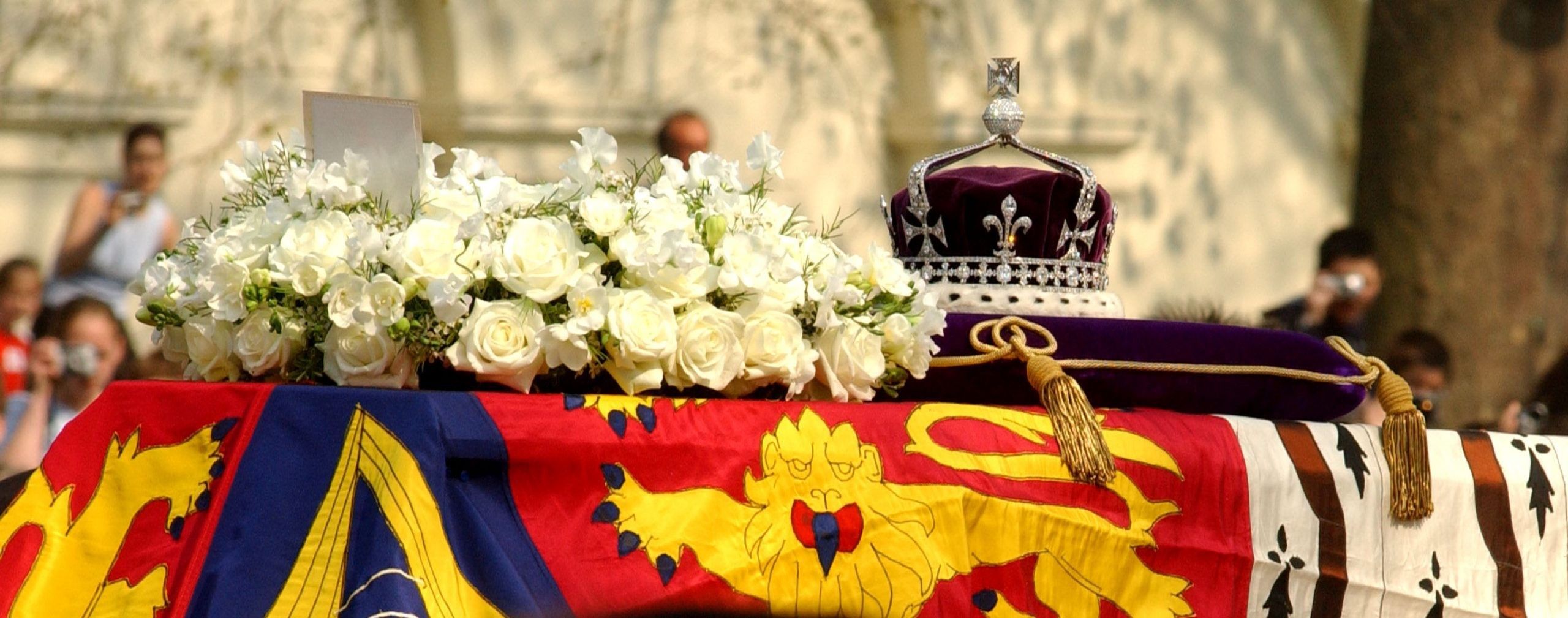- Saturday, April 27, 2024
A Buckingham Palace spokesperson said that slavery and colonialism were matters that King Charles III ‘takes profoundly seriously’

By: Pramod Thomas
The recent discovery of a file from the archives of the India Office, which was responsible for British rule over India, has provided new information about the gems and jewels that were acquired by the royal family during the colonial era.
This discovery was part of The Guardian newspaper’s ongoing investigation into the wealth and finances of the British royal family leading up to the coronation of King Charles III next month.
A 46-page file was found that contained information about an investigation commissioned by Queen Mary, the grandmother of Queen Elizabeth II, into the origin of her jewels.
The file is considered remarkable for the insights it provides into the imperial origins of the royal jewels.
Among its references is an emerald-encrusted gold girdle used to decorate the horses in the stables of Maharaja Ranjit Singh of Punjab, which now forms part of King Charles’ royal collection.
“The report, from 1912, explains how priceless pieces, including Charles’s emerald belt, were extracted from India as trophies of conquest and later given to Queen Victoria,” The Guardian investigation reveals.
“The items described are now owned by the monarch as property of the British crown,” it notes.
Among the discoveries included a journal recording a tour in 1837 of Punjab by the British society diarist Fanny Eden and her brother George, then Britain’s governor general of India, who visited Ranjit Singh – the powerful king who had signed a so-called “treaty of friendship” with the British at the time.
Dazzled by his kingdom’s jewels, Eden wrote: “He puts his very finest jewels on his horses, and the splendour of their harness and housings surpasses anything you can imagine.” “If ever we are allowed to plunder this kingdom, I shall go straight to their stables,” Eden wrote.
Later in the 19th century, Ranjit Singh’s son and heir, Duleep Singh, was forced to sign Punjab over to the East India Company and according to historical records, the kingdom’s stables would have been among the many targets of plunder.
The infamous Koh-i-Noor diamond is said to have come into the possession of Queen Victoria as a result of just such a plunder by East India Company officials.
While modern-day royals averted a diplomatic row by not choosing the traditional Koh-i-Noor encrusted crown for Queen Camilla’s Coronation on May 6, the ‘Cost of the crown’ has cast a spotlight on the wider extent of colonial-era jewels in royal possession today.
Among the jewels identified in the document uncovered by The Guardian is a “short necklace of four very large spinel rubies”, the largest of which is a 325.5-carat spinel that later came to be identified as the Timur ruby.